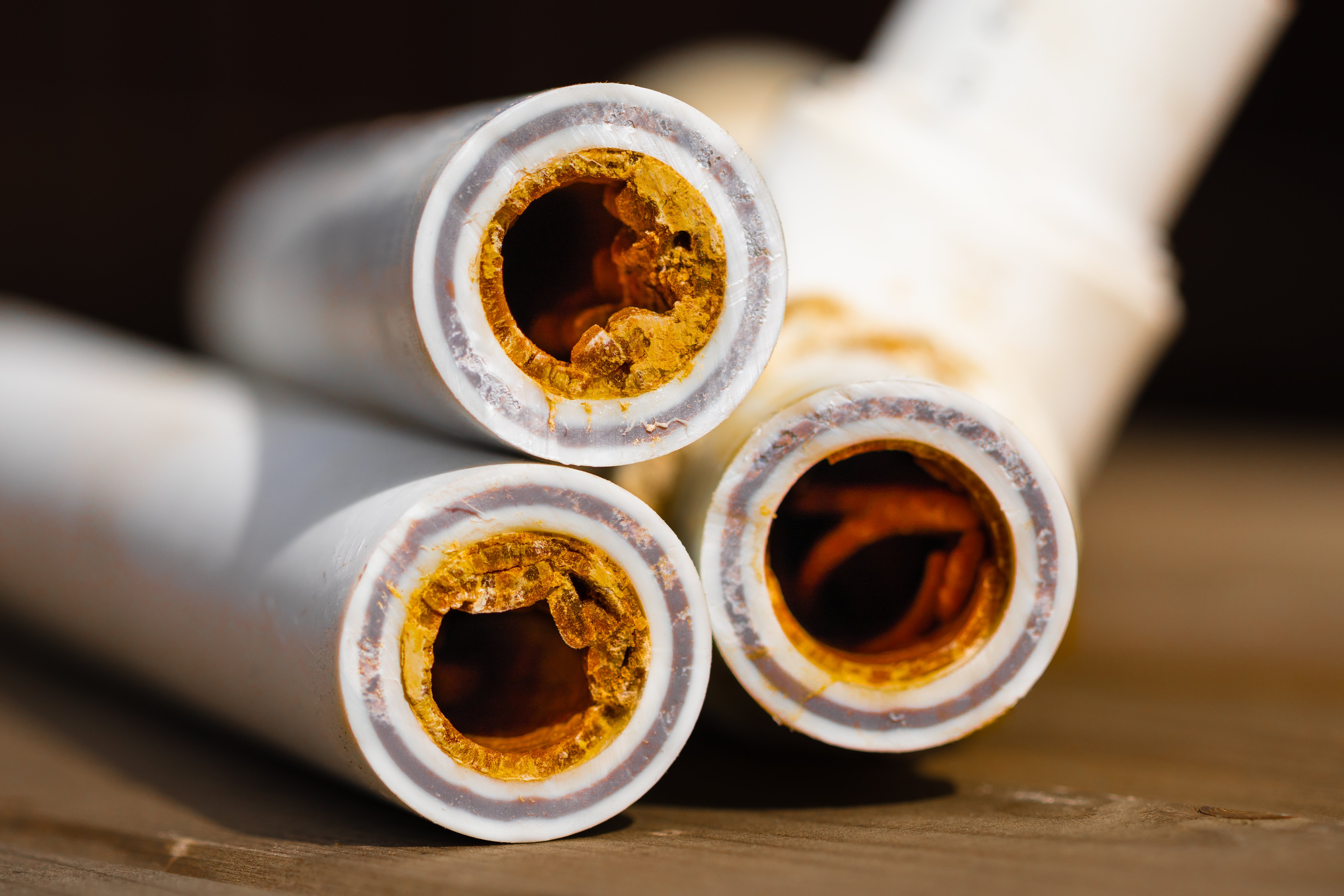
Why inclusion of Biofilm assessment is crucial to your Legionella Risk Assessment
When considering important factors required for a well-maintained water system, the most common elements that come to mind may be disinfection of the water via biocides, system flushing or temperature and pH control. But, under the surface, there lies another part of the system that, if ignored, can lead to repeated re-seeding of a seemingly clean system leading to potential health risks: Biofilms.
Biofilms are slimy communities of sessile microorganisms including bacteria, algae and protozoa, which form complex layers on wet surfaces and can be found in most water systems, natural and man-made, throughout the entire world.
Look inside your taps, shower heads, pipework or water tanks and you can be sure to find biofilm residing within. Problems occur when sections of biofilm break off leading to the release of microorganisms into the water system itself, where they can clog up filters or dead legs.
In addition to the health implications of having potentially pathogenic bacteria living undetected in the water system, biofilms can also cause problems by acting as a catalyst for corrosion or by having an adverse effect on heat transfer efficiency.
Not to mention the volume of Legionella in a water system could be hugely underestimated given only 10% are found floating in free water. 90% could be being completely ignored.
Why is Biofilm the perfect environment for Legionella bacteria?
Legionella bacteria, the causative agent for Legionellosis in humans, is one such organism that can use biofilms as a perfect playground in which to feed, grow and hide from any adverse conditions in the water system which are designed to kill them.
Biofilms provide Legionella with protection from high temperatures in the water or chemical treatments and allow them to instead proliferate into larger and more dangerous quantities. This danger cannot be detected by traditional water testing techniques such as the laboratory culture method.
Within a biofilm, Legionella needs less oxygen and fewer nutrients and when coupled with suitable amoeba as a host it happily replicates within it. This environment can lead to increased virulence and infectivity for Legionella bacteria and thus a greater risk of Legionella outbreaks subsequently occurring.
The impact goes beyond the immediate risk to human health
Outbreaks of Legionella infections, especially those caused by the strain that causes most human infections; L. pneumophila sg1, can be hugely detrimental not only to those infected (with a death rate of between 10-28%) but can also have financial and reputational consequences for businesses, often resulting in fines, litigation, bad press, and loss of profit.
And yet, despite its well documented and important role in the spreading of bacteria, such as Legionella, biofilm is often overlooked when it comes to standard sampling and analytical procedures designed to assess the quality of the water system.
Detecting Legionella in biofilm is easy with Hydrosense
The inclusion of discrete surface sampling alongside routine water sampling could provide valuable early warning information about the risks of bacterial contamination and trigger more immediate remedial action to prevent health risks from occurring in the first place.
The Hydrosense Ultra Legionella Swab test and kit can provide just such a solution to help identify hidden communities of Legionella living in surface biofilms.
In just 25 minutes, anyone can test their system surfaces for biofilm dwelling Legionella pneumophila sg1, and put an action plan in place immediately to ensure more efficient cleaning and removal of the biofilm. Making the Hydrosense test a critical complement to your Legionella risk management toolkit.
More Like This
